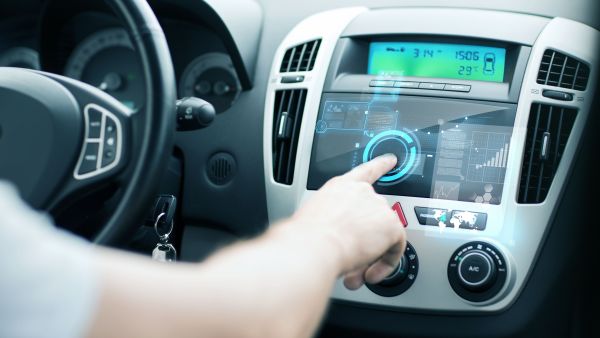In order to sketch the scale of this market, it is enough to mention that car sales in Romania equal the sales registered by Slovakia, a country with a population four times smaller.
In this context, the main change that widened over the last two years is related to the growing share of corporate customers within the total car sales.
Basically, now, individuals represent barely a quarter within the total sales of new cars. The rest is represented by companies or institutions acquiring larger or smaller fleets.
I estimate this trend to continue in 2013…
The car – a long term investment in Romania
In Romania, the purchase of a car is perceived as a long term investment. Romanian buyers keep a car for on average period of 11 years, compared to the average rate in Western Europe, of 6 years at most. Hence, Romanian buyers tend to invest time and resources in informing themselves before performing an acquisition and the selection process is rigorous.
Obviously, there is a share of wealthy customers that has been less affected by the crisis. For them, the image is the main benchmark in selecting a car and usually, that car will be an expensive and a premium brand.
However, for the mainstream buyers, the major criteria in choosing a car are the costs related to operating and maintenance, the fuel consumption, comfort, reliability and durability of a vehicle.
The novelty factor still matters
As I mentioned before, the car market in Romania crosses a very difficult period and the return towards growth is still not definite for the next year. The sole certainty is that the novelty factor still matters to buyers.
Within this context, Dacia has the youngest range of cars in Europe, covering segments with growth potential as SUVs, light utility vehicles and family vehicles and this represents a major asset fort the company. In order to better lighten my statement is that 70 percent of our local production in Romania is exported on the Western European markets.
The car market in Romania is still dominated by used cars, their sale being double compared to the sales of new cars.
Unfortunately, this phenomenon contributes to the aging of the national fleet car in Romania, already being one of the oldest in Europe.
It is hard to estimate now the contribution of automotive sector to Romania’s GDP until the year-end, when official statistics are available.
In my opinion, Romania needs a healthy car market and the return to growth depends on the stability and predictability of the legislative and fiscal policies, conveying also a more stable economic landscape.





























